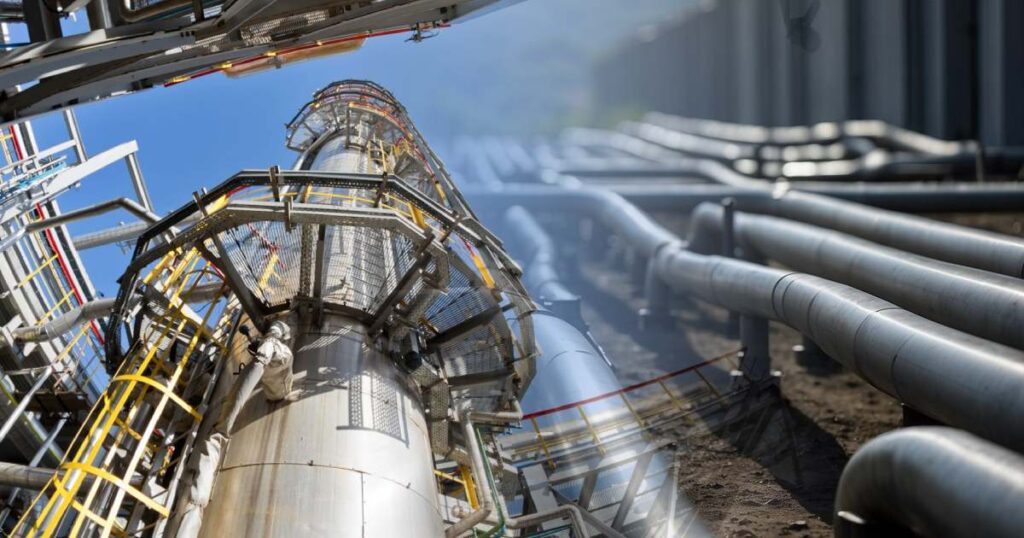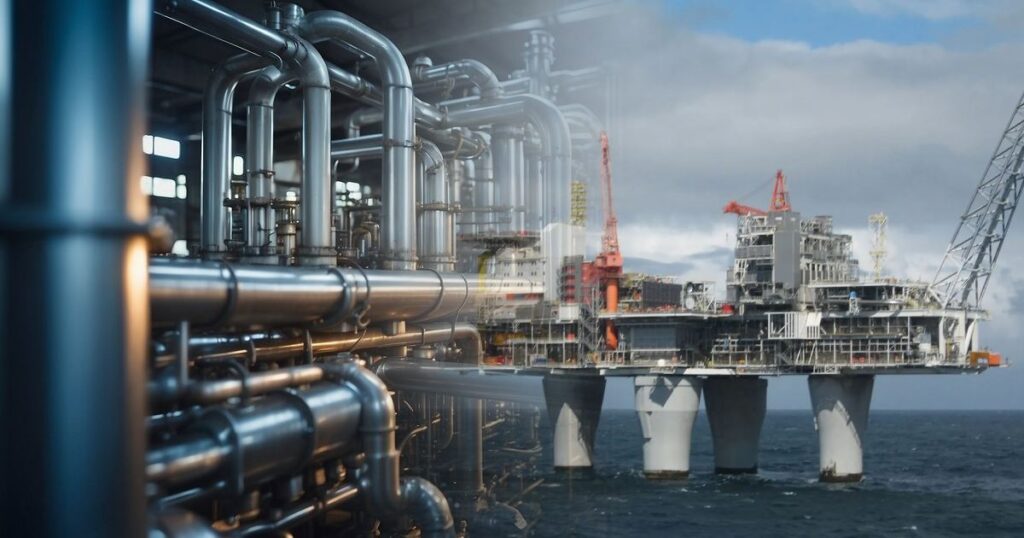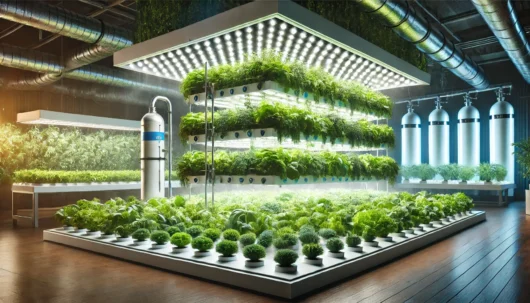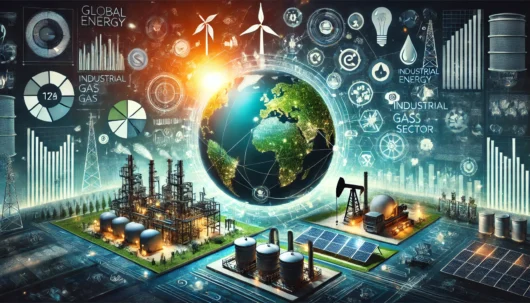Innovation has become a crucial driver of future growth and sustainability in industrial gas supply. As companies in the sector face the dual challenges of meeting increasing global energy demands and reducing environmental impact, they are turning to advanced technologies and novel approaches to revolutionise how gas is produced, transported, and utilised. From deploying renewable gas alternatives like hydrogen to integrating digital technologies that optimise the supply chain, the industry actively explores pathways to ensure a secure and sustainable gas supply.
Understanding these developments is vital as they promise to enhance operational efficiency and comply with stringent regulatory frameworks designed to mitigate environmental risks. For instance, adopting carbon capture, utilisation, and storage (CCUS) technologies signals the industry’s commitment to reducing greenhouse gas emissions. Moreover, the natural gas sector’s investment in producing renewable natural gas (RNG) from organic waste materials highlights a tangible move towards more environmentally friendly practices while maintaining reliability and meeting the energy needs of consumers and businesses alike.
Key Takeaways
- Industrial gas supply innovation is essential for sustainability and efficiency.
- Regulatory compliance and environmental stewardship are central to industry advancements.
- Technological investment is key in modernising the gas supply infrastructure.
Advancing the Gas Supply Infrastructure

The industrial gas supply industry is transforming significantly, fueled by innovation and investment. For your infrastructure to remain competitive and efficient, embracing these advancements is crucial.
Technology is the cornerstone of this evolution. Digitalisation integrates with traditional networks, enhancing efficiency and safety. Advancements like remote monitoring and advanced leak detection systems are necessary investments, enabling you to detect and address issues promptly, thereby minimising methane emissions.
You’ll notice that integrating renewables, such as wind, solar, and geothermal, into the gas infrastructure facilitates a smoother transition to clean energy. This not only improves energy security but also aligns with environmental goals.
The installation and maintenance of modernised pipelines incorporate innovation, reducing the frequency of outages and ensuring consistent supply. You stay ahead by investing in infrastructure that handles traditional oil and gas and emerging energy sources.
Securing financing for these undertakings may be challenging, but there’s a silver lining. Technological advancements often lead to operational cost savings over time. By strategically planning your investments, you stand to gain long-term financial benefits.
Remember, a future-proof infrastructure in the industrial gas supply sector isn’t just about technology; it’s about adapting to new advancements promptly and efficiently.
| Key Aspect | Description |
| Innovations | Integration of digital technologies |
| Efficiency | Enhanced by predictive maintenance strategies |
| Energy Transition | Seamless inclusion of renewables |
| Financing & Investment | Long-term, strategic financial planning |
Equip your operations with these innovations to maintain efficiency, quality assurance, and relevance in this fast-evolving industry.
Regulatory and Environmental Enhancements

Your understanding of the gas supply industry hinges on comprehending the pivotal role of regulatory and environmental enhancements. These enhancements facilitate innovation in emission controls and underpin strategic investment shifts that align with cultural values, reducing greenhouse gas (GHG) emissions and advancing the fight against climate change.
Emission Control Innovations
In the industrial gas supply sector, emission control innovations are paramount to regulatory compliance and environmental stewardship. Recent advancements have mainly targeted methane leaks, an influential GHG with a potent impact on the climate. Smart monitoring technologies powered by AI have revolutionised detection, enabling you to identify and address leaks quicker and more effectively than ever. Here’s a snapshot of the innovations:
- Advanced Sensors: Deployed across the supply chain for real-time monitoring.
- Drone Technology: Conducts aerial surveys to detect methane emissions across remote areas.
Strategic Investment and Cultural Shift
Shifting investment priorities can fundamentally change your company’s culture, steering the focus toward environmentally sustainable practices. By verifying projects that offer substantial emissions reductions, you can navigate through a transition that meets regulatory demands and adds value to your portfolio. For UK businesses, embracing this shift is not just good practice—it’s a strategic move to remain viable in a carbon-conscious global market. Promoting a culture of innovation within your organisation encourages engagement and cultivates a portfolio inclined toward such projects. Here is how you can contribute:
- Invest in Emissions Reducing Projects: Prioritize funding towards initiatives that cut GHG emissions.
- Foster a Green Culture: Embed environmental mindfulness into your corporate culture through engagement and education initiatives.
Frequently Asked Questions
This section will find targeted answers to common queries regarding innovation reshaping the industrial gas supply.
What are some examples of recent innovations in natural gas supply technologies?
Recent innovations in natural gas supply include developments in renewable gas, hydrogen technologies, and carbon capture and storage (CCUS). These technologies are crucial for reducing greenhouse gas emissions and enhancing the long-term sustainability of industrial gas supply.
How are advancements in technology impacting the efficiency of gas supply systems?
Advancements in technology are significantly boosting the efficiency of gas supply systems. Innovations such as automated monitoring and control systems optimise the delivery process, and predictive maintenance minimises downtime.
Can you describe the role of digitalisation in transforming the gas industry?
Digitalisation plays an integral role in the gas industry by streamlining operations and facilitating data-driven decision-making. Adopting Industry 4.0 technologies can reduce procurement and supply chain process costs substantially.
What are the predicted trends for gas utility evolution in the next decade?
Gas utility evolution is expected to be influenced by integrating renewable energy sources and innovations in energy storage. Increasing demand for LNG will likely drive the development of more flexible and responsive global supply networks.
How are alternative energy sources expected to influence the demand for natural gas?
Alternative energy sources, mainly renewables like solar and wind, are expected to complement the demand for natural gas by providing a cleaner energy mix. The interplay between these sources may shape industrial gas supply strategies focusing on energy security and reducing emissions.
What measures are being taken to ensure the sustainability of gas supplies?
Companies are adopting measures such as investing in renewable gas technologies, improving energy efficiency, and expanding carbon capture utilisation to ensure sustainability. R&D and cross-industry collaboration efforts also emphasise balancing environmental concerns with industrial gas supply demands.


